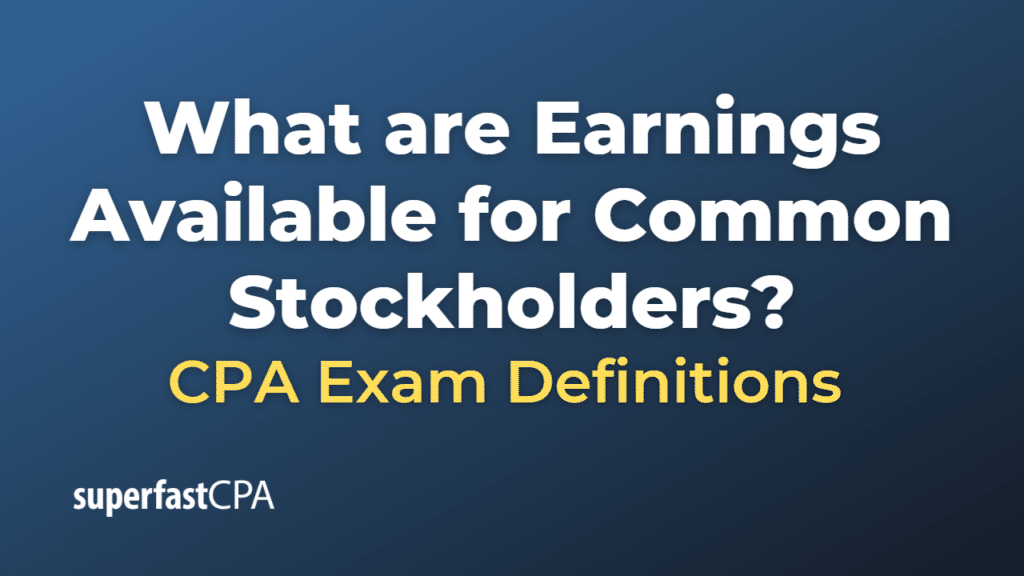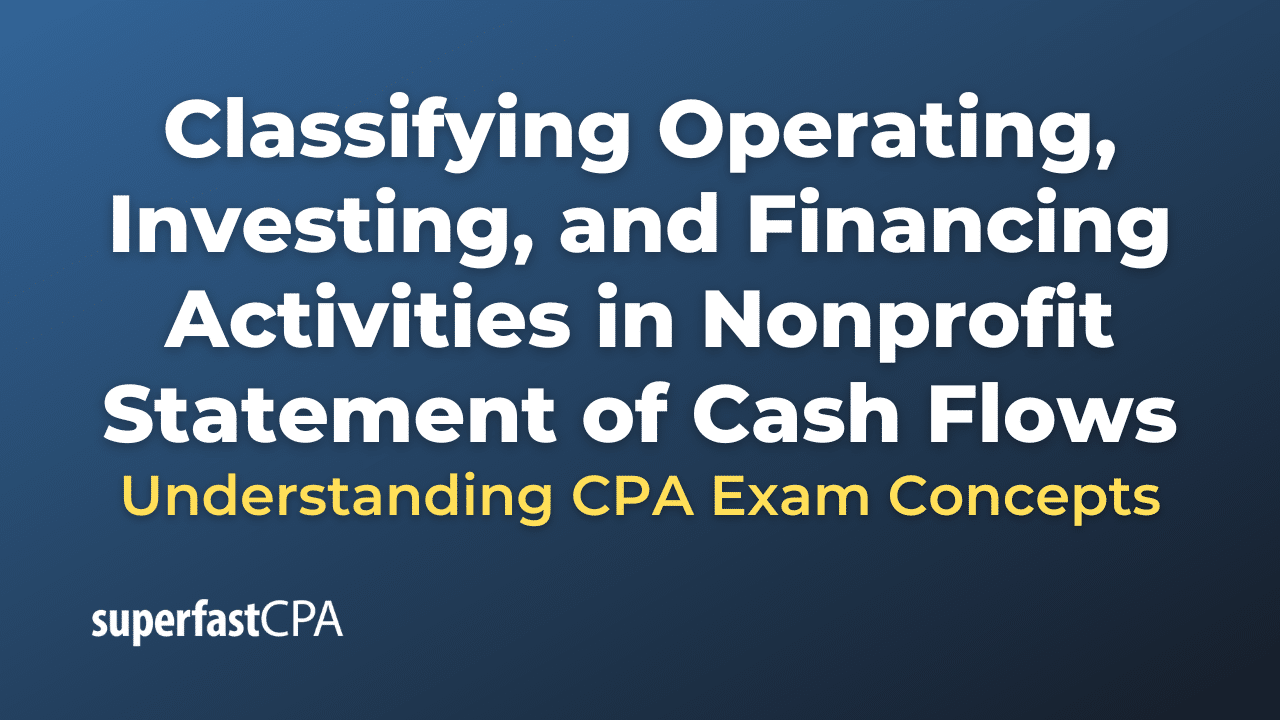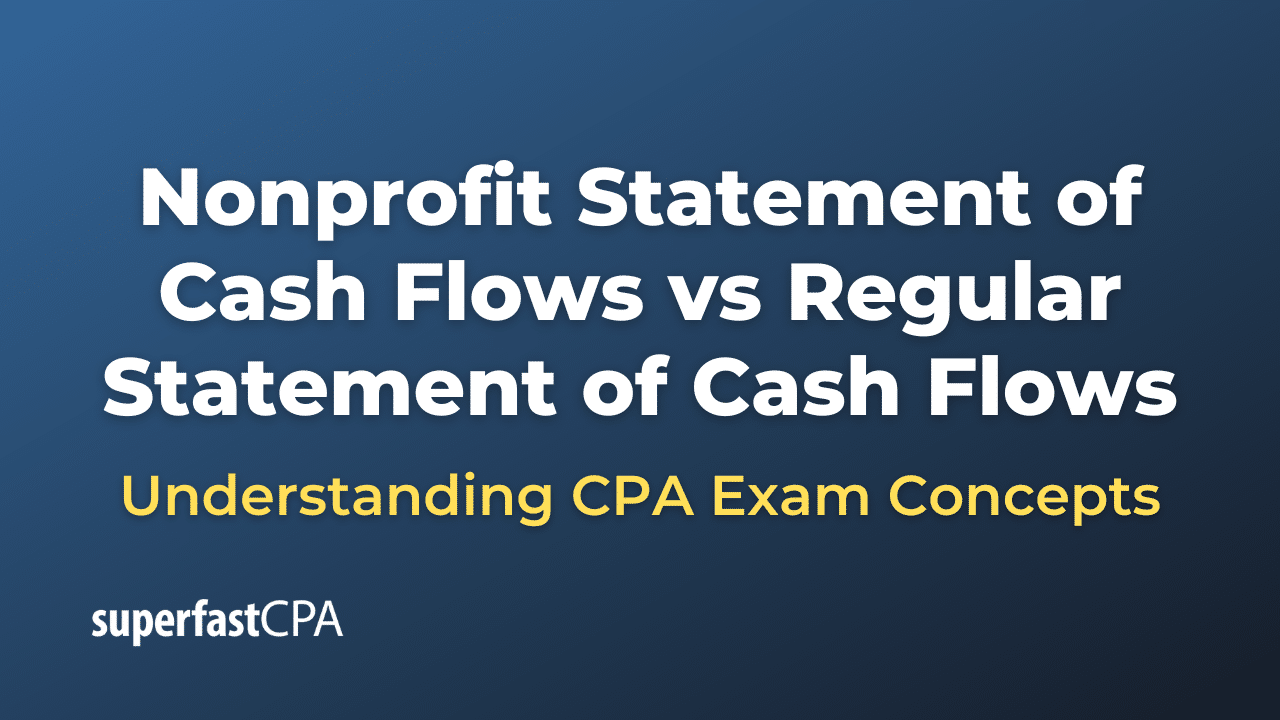Earnings Available for Common Stockholders
Earnings available for common stockholders, also referred to as “net income available to common shareholders,” refers to the portion of a company’s net income that remains after paying dividends to preferred shareholders. It’s the profit that can be distributed to common shareholders as dividends or reinvested back into the company.
Preferred dividends are usually a fixed amount that must be paid before any dividends are distributed to common stockholders. This makes preferred shares less risky than common shares, but it also means that common shareholders may receive less in dividends, especially in years when the company’s net income is lower.
Here’s a simple formula to calculate the earnings available for common stockholders:
Earnings available for common stockholders = Net Income – Preferred Dividends
This measure is important because it’s used in calculating the earnings per share (EPS) for common stockholders, which is a key metric for evaluating a company’s profitability and the value of its common stock. EPS for common stockholders is calculated as:
EPS = Earnings available for common stockholders / Number of common shares outstanding
Please note that if a company doesn’t have preferred stock or doesn’t pay preferred dividends, then its net income is fully available to common stockholders.
Example of Earnings Available for Common Stockholders
Let’s take a hypothetical company, XYZ Corporation.
XYZ Corporation has a net income of $1,000,000 for the fiscal year. It also has preferred stock, and it pays annual preferred dividends totaling $200,000.
We can calculate the earnings available for common stockholders using the following formula:
Earnings available for common stockholders = Net Income – Preferred Dividends
Using the figures for XYZ Corporation:
Earnings available for common stockholders = $1,000,000 (Net Income) – $200,000 (Preferred Dividends) = $800,000
So, XYZ Corporation has $800,000 available to distribute as dividends to common stockholders or to retain in the company for future growth.
Let’s further assume that XYZ Corporation has 400,000 common shares outstanding. We can calculate the Earnings Per Share (EPS) for common stockholders as:
EPS = Earnings available for common stockholders / Number of common shares outstanding
So, the EPS for XYZ Corporation would be:
EPS = $800,000 / 400,000 = $2
This means that for every share of common stock, there were $2 of earnings available during that fiscal year. This is a key metric that investors would look at when assessing the profitability and value of XYZ Corporation’s common stock.














